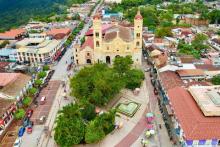Embark on a journey of discovery through the city's temples, cathedrals, and basilicas, unveiling stories that intertwine the past and present.
Embark on a journey of discovery through the city's temples, cathedrals, and basilicas, unveiling stories that intertwine the past and present.
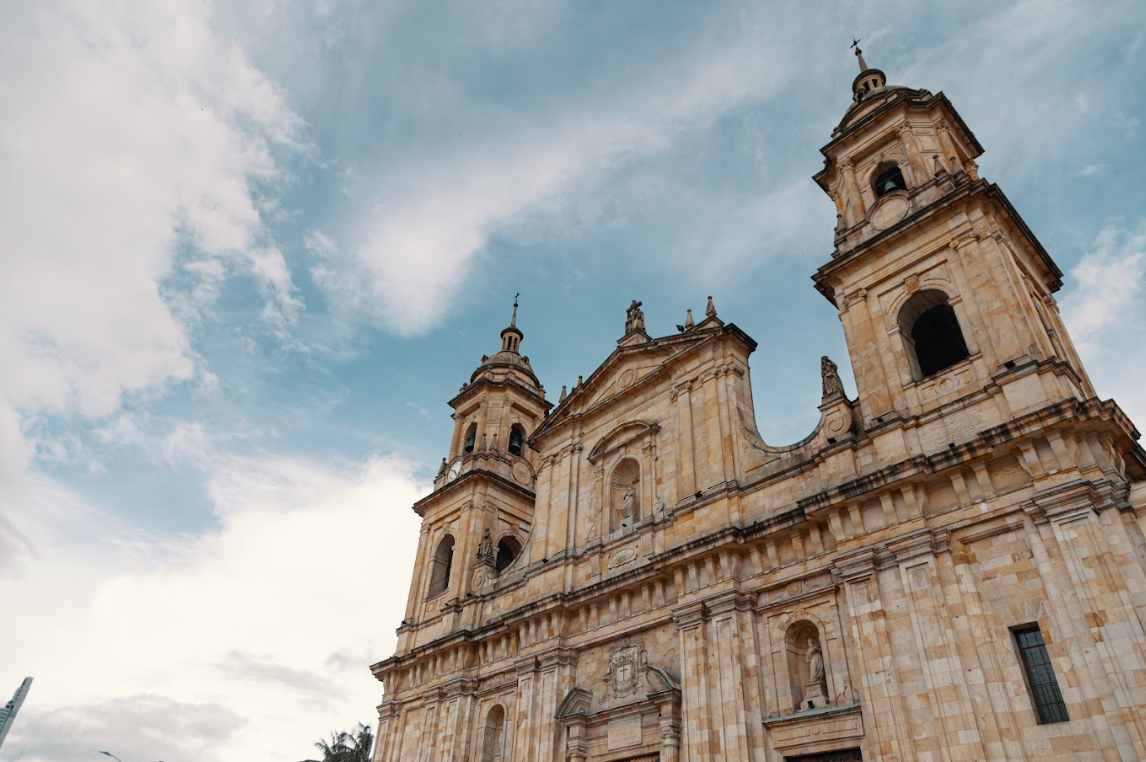
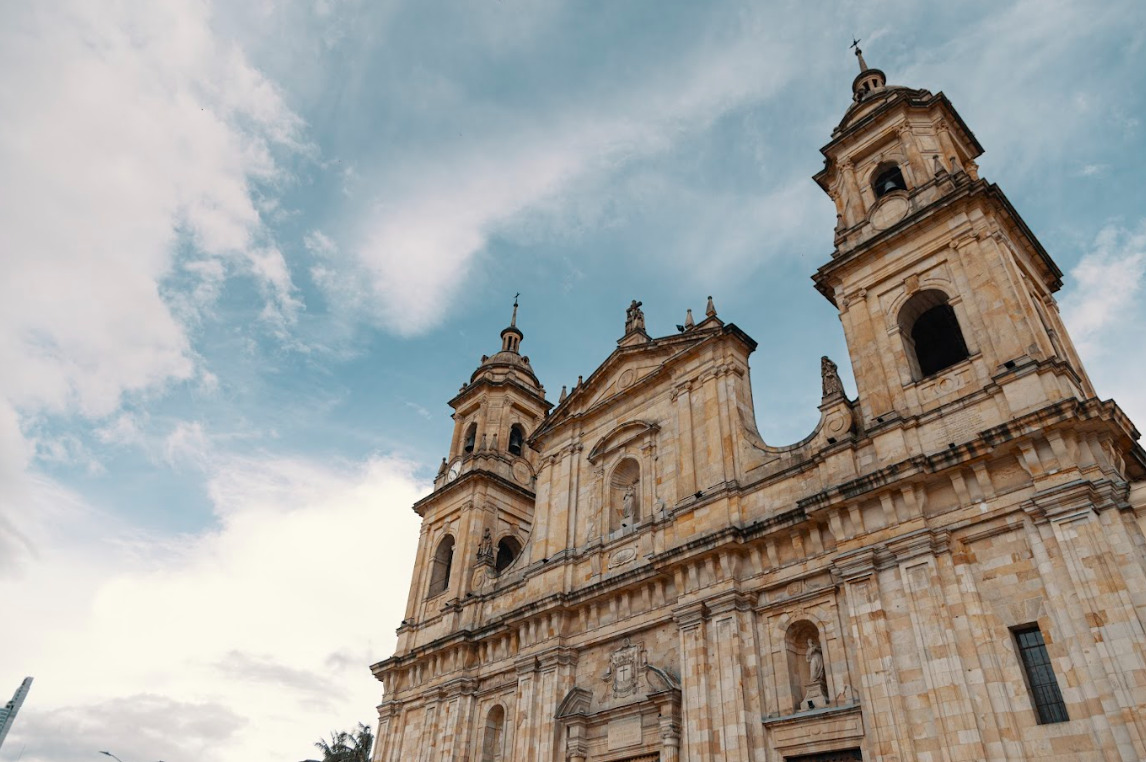
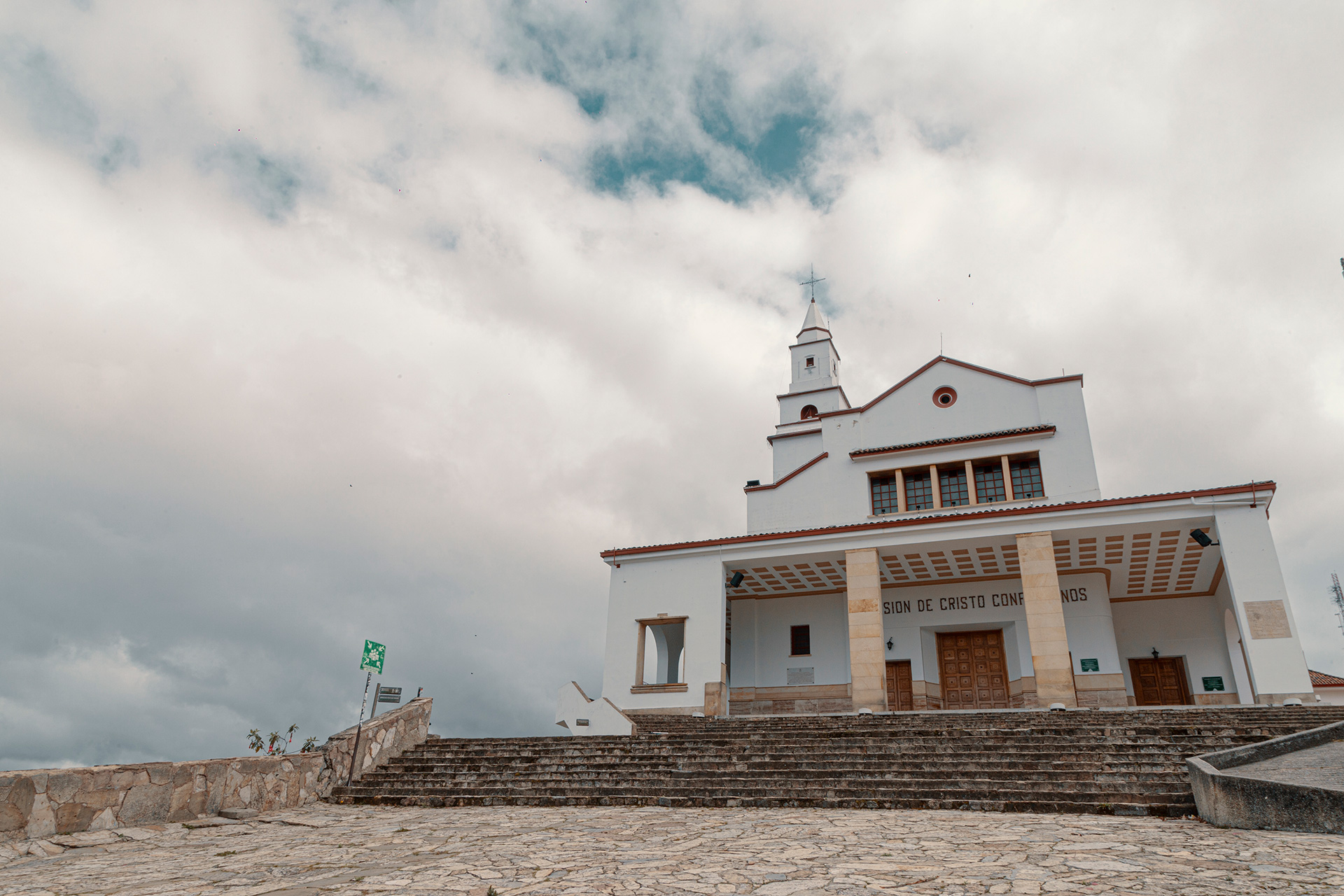
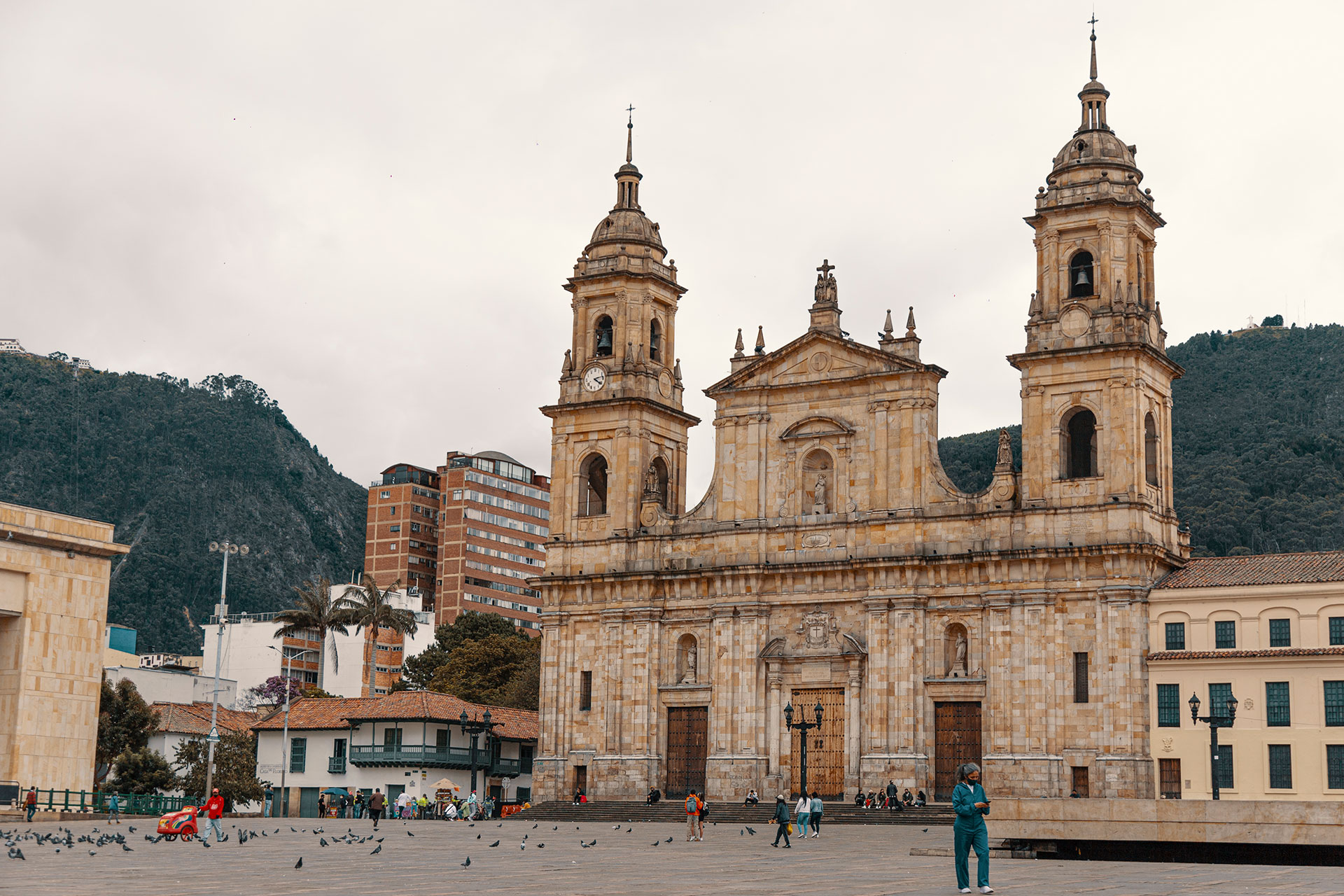
Unforgettable Holy Week in Chinauta
Experience Holy Week in Chinauta – Travel in Your Own Car.
April 17 to 19
Includes:
• 2-night accommodation.
• Breakfast, lunch and dinner.
• Station of the Cross along the ecological trail.
• Ecological tour (3 km downhill hike to the Panches River).
• Dinner show with guest artists.
• Swimming pool.
• Sauna.
• Turkish bath.
• Water slides.
• Games.
• Medical assistance.
• Hotel insurance.
Not included:
Bogotá and Its Spiritual Connection with Cundinamarca.
Jubilee Temples 2025 in Cundinamarca.
In celebration of the Jubilee Year 2025, several temples in Cundinamarca have been designated as pilgrimage points. This allows the faithful to obtain indulgences and experience deep spiritual reflection. Noteworthy among them are the following:
Faith and History Route in downtown Bogotá
The route takes you through the traditional La Candelaria area and the historic center, renowned for its cultural diversity. It connects both historic and modern temples, showcasing the evolution of religion in Bogotá
📍 Zone: Centro
🚶♂️ Mode: On foot
A spiritual journey through miraculous churches of Cundinamarca
Experience a Holy Week for everyone, including parishioners, travelers, heritage enthusiasts, and those searching for authentic experiences. Explore temples rich in history, tradition, and devotion, where faith intertwines with art and architecture.
A Journey Through the Religious and Artistic Heritage of Cundinamarca.
Embark on a captivating tour of the centuries-old churches and temples that have borne witness to the art and devotion of Cundinamarca. Begin your journey in Sopó, a town where traditions and colonial art remain beautifully preserved. From there, head to Zipaquirá to admire the magnificent Cathedral of the Holy Trinity, a distinguished architectural and religious landmark.
Next, explore Ubaté's colonial church and its invaluable artistic heritage before arriving in Cáqueza, where the essence of religious and cultural tradition is evident in every corner.
Visit the main churches of Cundinamarca during the Holy Week.
Embark on the Jubilee of Hope Route and experience a unique pilgrimage through Cundinamarca, where faith, history, and culture intertwine in municipalities rich in devotion. The journey begins in Sibaté and continues through Soacha, Madrid, Funza, Cota, Chía, Cajicá, Gachetá, Subachoque, and Junín, ultimately reaching the municipality of Guasca. Here, you will visit temples that have witnessed generations of spirituality.
Salt Cathedral of Zipaquirá
The Salt Cathedral of Zipaquirá, located 50 kilometers north of Bogotá, pushes the boundaries of religious architecture. This modern structure, designed by Roswell Garavito Pearl, was completed in the 1990s and is situated 180 meters underground inside a salt mine that has been in operation since 1801. It can be found within the Zipaquirá Salt Park in the department of Cundinamarca.
Our Lady of Health Parish
Its history dates back to November 20, 1602, when Judge Luis Enriquez commissioned the construction of the church with mason Juan de Robles. This temple, which has undergone several renovations, is now one of the main tourist attractions in Chocontá. In 1687, Priest Ignacio Garzón began the process of separation, which was completed in 1721 by Priest Fray Antonio Galaris. Later, in 1755, Priest Fray Antonio Mutiens managed another reconstruction, which was carried out until 1762 by mason Alejandro Espinosa.
Saint Michael the Archangel Cathedral
One of the main tourist attractions in the Villa de Guaduas is its church, which was constructed over 200 years ago on August 1, 1809. The project was led by Father Justiniano Gutiérrez on land donated by Mr. Joseph de Acosta. Due to constant budget limitations, the right tower was initially built, and it remained so until 1960 when the left tower was finally built. Today, the pristine white structure of the church enhances the panoramic view of the Villa de Guaduas, standing out in the landscape and crowned by the impressive image of the cathedral.
Saint Michael the Archangel Parish
The main church, located in the main square, was built between 1928 and 1946 under the leadership of parish priests Uriel Rodriguez and Ricardo Gonzalez Hernandez. This stunning construction reflects the Gothic style and is consecrated to Christ the King and Saint Michael the Archangel. The PP Ricardo González Hernández, known as the founding father, established the parish school named after him in 1972. In 1992, the municipality and the department took over the administration of the school.


